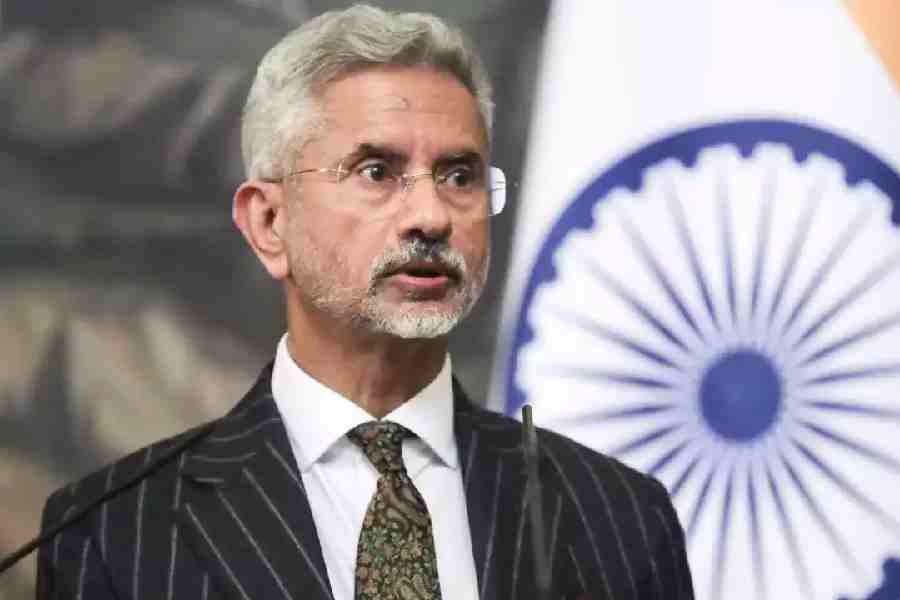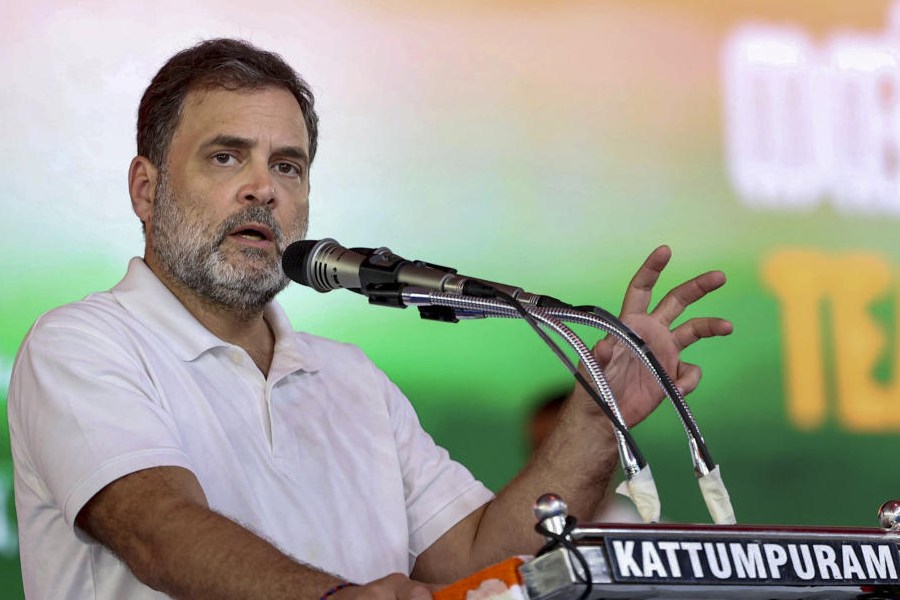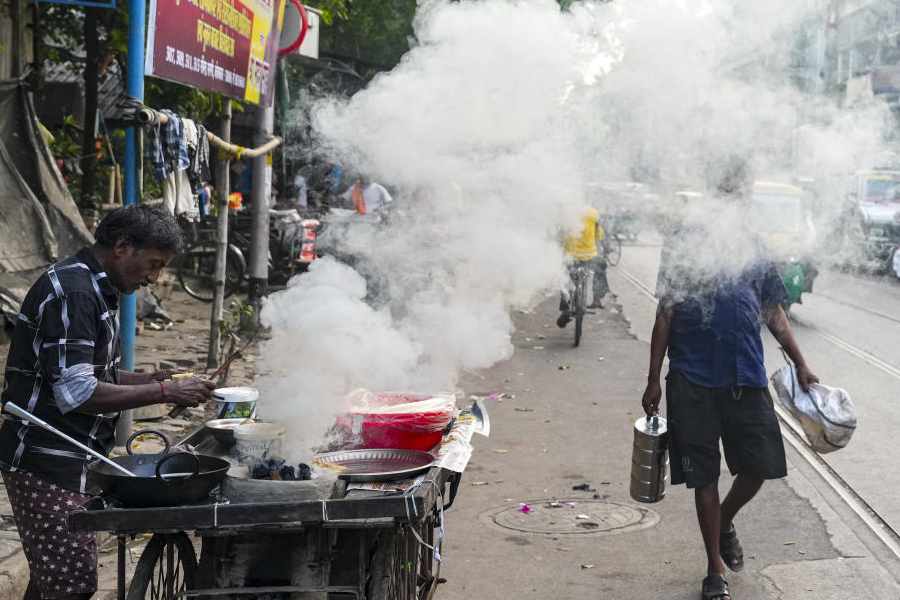 |
| Goodbye, messenger |
Bhubaneswar, July 14: Technology has taken its toll on one of the oldest courier services in Odisha — the pigeon mail service. Internet and e-mail having turned it into an anachronism, it now survives as more of a curiosity.
“It is there, but is not used for communication. However, we can use it in the case of emergency whenever required,” said B.N. Das, the superintendent of signals at the pigeon service headquarters in Cuttack.
Although strictly ornamental now, pigeon mail was once among the most reliable courier services in operation in the state. Introduced first in the Koraput district in 1946 in the immediate wake of World War II, it spread to almost 24 districts with over 700 sturdy Belgian pigeons ferrying messages to assigned destinations.
The birds, which can fly 25km in just 15 to 25 minutes, delivered as many as 4,079 messages in 1991, the number rising to 4,931 in 1992 and 5,074 in 1993.
The pigeons, which carried messages in small capsules, played a stellar role during the disastrous floods in Banki in 1982 when almost all communication lines had collapsed. For sometime during that crisis, they constituted the government’s only line of communication with the marooned town.
Sources said that the birds played an equally important role carrying messages during the 1999 super cyclone, which wreaked havoc with the state’s communication network while leaving behind a trail of death and destruction.
First Prime Minister Jawaharlal Nehru was perhaps the first high-ranking dignitary to send a message to the state officials in Cuttack from Sambalpur through a pigeon on April 13, 1948. The message that read: “The arrangements for the public meeting should not be such as to separate the speaker from the audience in Cuttack” was delivered in just five hours.
Jaswant Sethy, the reserve inspector of Sambalpur, where the service was discontinued in 2008, testified to the utility of the carrier pigeons brought up on a diet of wheat, Bengal gram, peas, green gram, and millets.
“There was a time when they carried important messages to remote police outposts in Charmal and Badmal in the state,” he said.
The messages were normally written on a piece of paper and tied to the feet of the pigeons in plastic capsules. Very often two pigeons were released with the same message, as these birds were prone to attacks from hawks on the way.
In its heydays the service was of three types — static or one-way service, boomerang or two way service and the mobile service. The mobile service was used mainly by the 6th Odisha State Armed Police (OSAP) battalion, which carried the birds with it when on the move.
The once flourishing service has now shrunk to just two stations — Cuttack and Angul.
While 100 birds are being kept in the lofts at Cuttack, which is the headquarters of state police, another 50 pigeons are being taken care of at the Police Training School in Angul.
Sources said that the cash-strapped state police was finding it hard to provide for the upkeep of the birds, the expenditure on the feed, training and treatment of each one of them being in the range of Rs 5,000 to 6,000 per month. Four constables and one sub-inspector have been engaged to take care of them in Cuttack and Angul.











